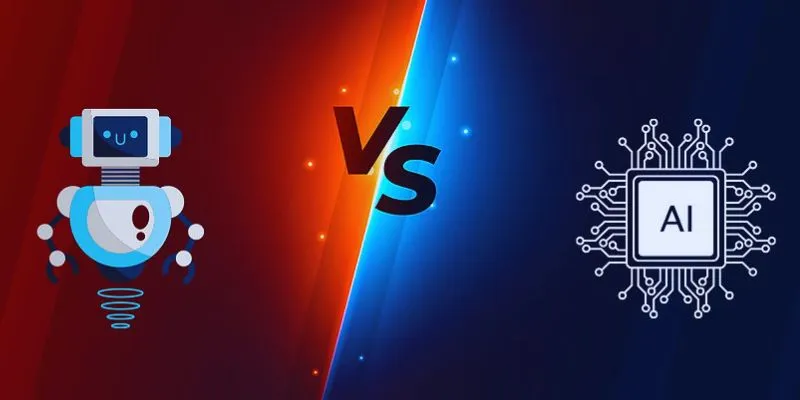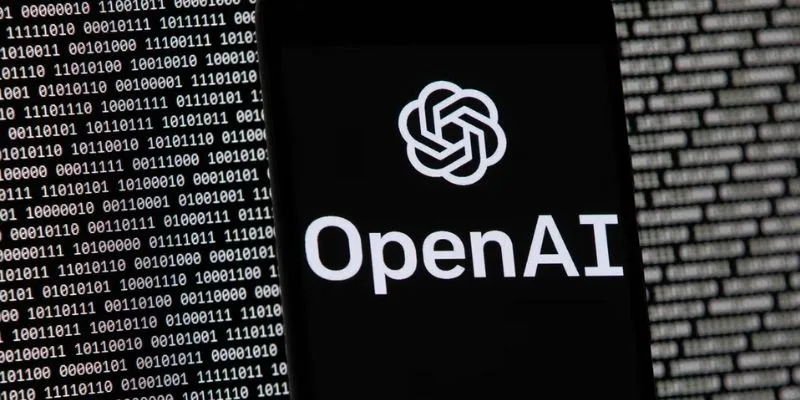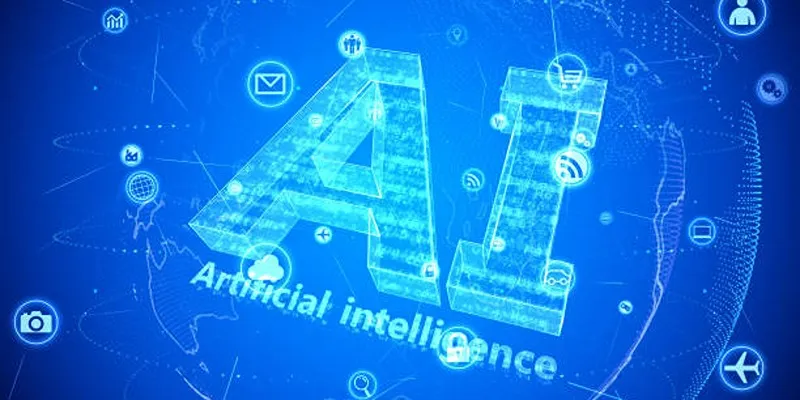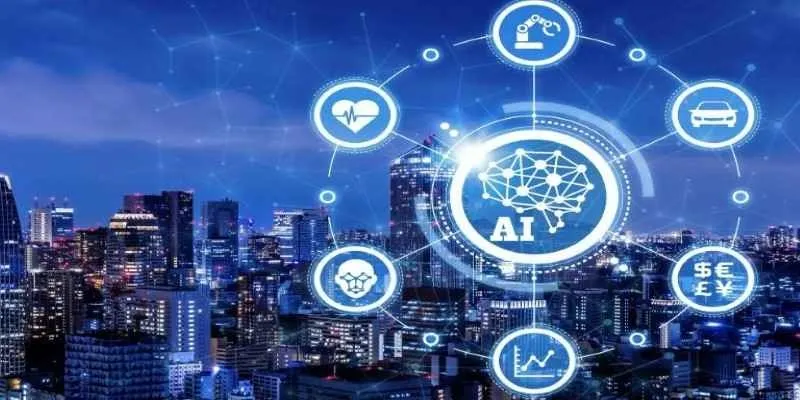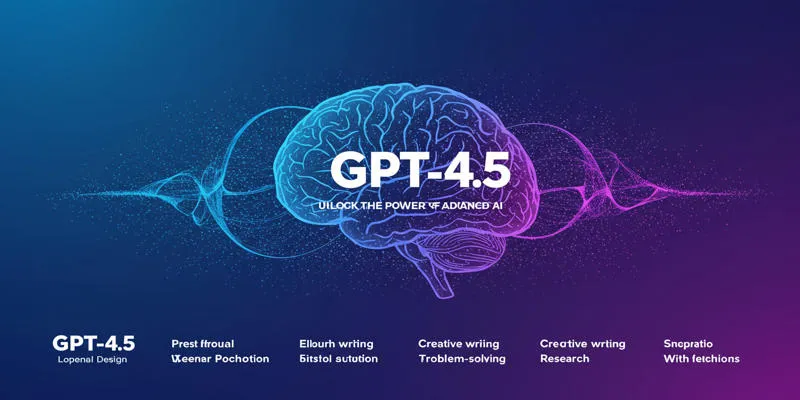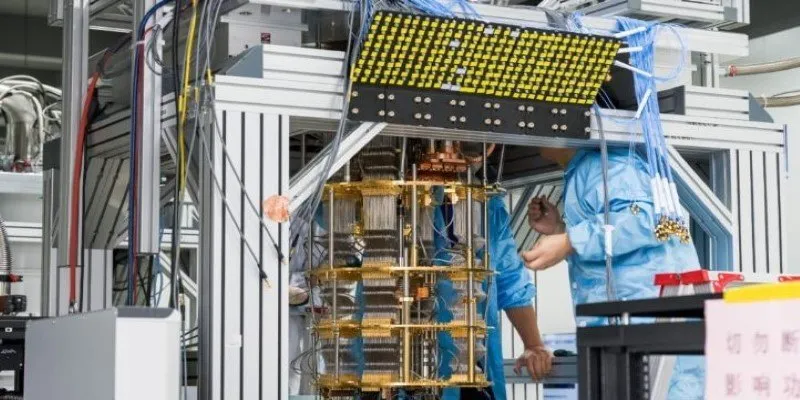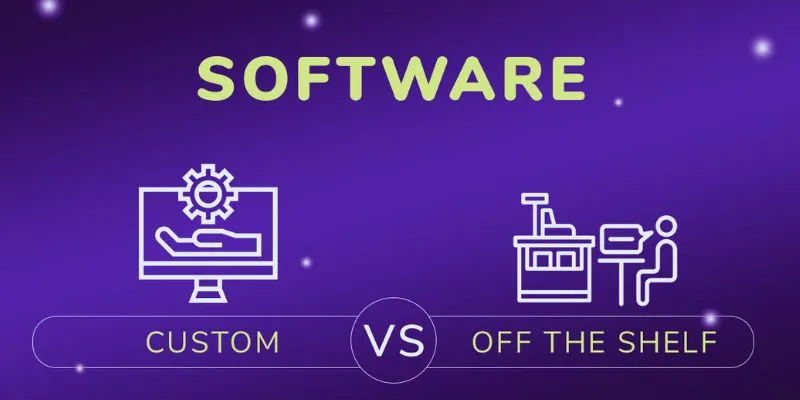In the early days of the Internet, the need for technology to help users navigate the burgeoning web became critical as internet traffic surged. This need was addressed through the advent of search engines, which enabled users to find content with ease. With the introduction of generative AI, a new era in search technology has emerged, transforming how we search and interpret results.
Traditional search engines index content based on keywords, delivering results when those keywords appear in a search query. In contrast, generative AI leverages large language models (LLMs) to provide direct answers, transcending the limitations of keyword relevance. If you are eager to understand more about these search engines and their differences, keep reading!

Understanding GenAI Search
GenAI search represents a transformation from traditional search methods. By utilizing LLMs, GenAI search engines deliver results and offer unique user experiences. When a user enters a query, GenAI processes it using LLMs, understanding and generating responses. Unlike traditional models, GenAI has no training cut-off dates, offering up-to-date information through machine learning and natural language processing.
LLM integration enhances the ability of GenAI to fetch information, providing direct answers and detailed clarifications. It synthesizes data from various sources, delivering comprehensive responses and engaging in follow-up interactions. GenAI also personalizes results based on user preferences and behaviors. As AI models evolve, they will provide increasingly accurate and reliable responses.
How Does GenAI Search Work?
GenAI operates similarly to LLMs but with updated information. Here’s how it works:
- Query Input: Users enter queries in natural language, which are processed through tokenization and keyphrase identification.
- Intent and Understanding: GenAI interprets user intent, distinguishing between informational, navigational, or transactional queries.
- Information Retrieval: GenAI retrieves data from its knowledge base, blending LLMs with real-time web crawling.
- Response Generation: Responses are crafted by weighing user intent and query context, refined for accuracy and coherence.
- Feedback and Learning: GenAI systems continuously learn, often soliciting user feedback to enhance search quality.
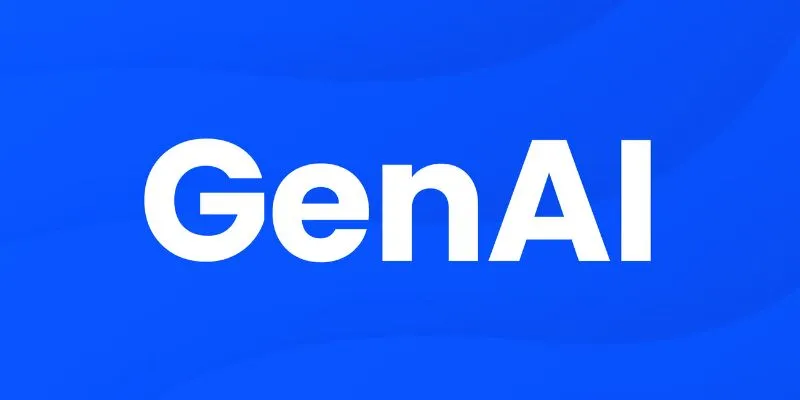
Understanding Traditional Search and Its Working
Traditional search relies on keyword matching to retrieve information from the internet or databases. It operates by matching queries against a vast index of documents, using algorithms to prioritize document relevance based on keyword placement and frequency. In contrast to GenAI, traditional search engines provide links to relevant sources. Here’s a look at their process:
- Crawling: Web crawlers systematically discover and update pages for content.
- Parsing and Analysis: Crawlers analyze structural elements like titles, meta descriptions, and content bodies to extract links.
- Indexing: Pages are categorized based on keywords and parsed data.
- Ranking: Complex algorithms rank pages by content quality and query relevance.
- Search Engine Results Page (SERP): Results are displayed as ranked links with titles, URLs, and snippets.
Key Differences Between GenAI and Traditional Search Engines
GenAI and traditional search engines differ significantly in processing, interpreting, and responding to queries. Here are the key distinctions:
- Response: GenAI offers direct, conversational responses; traditional search engines provide link lists with snippets.
- Content Generation: GenAI can generate new content; traditional engines deliver existing information.
- Query Interpretation: GenAI understands queries deeply with LLM and user intent insight; traditional engines rely on keywords.
- Contextual Awareness: GenAI maintains context throughout interactions; traditional engines treat queries independently.
- Information Synthesis: GenAI combines sources for comprehensive results; traditional engines show separate sources.
- Update Frequency: GenAI integrates recent info; traditional engines depend on crawling and indexing cycles.
- Personalization: GenAI tailors responses with conversation history; traditional engines use user data and search history.
Conclusion
While traditional search engines remain the backbone of modern search, the rise of GenAI marks a new era in how we browse and access information. With GenAI, users receive precise, interactive responses, enhancing their search experiences and enabling deeper engagement.
 zfn9
zfn9
